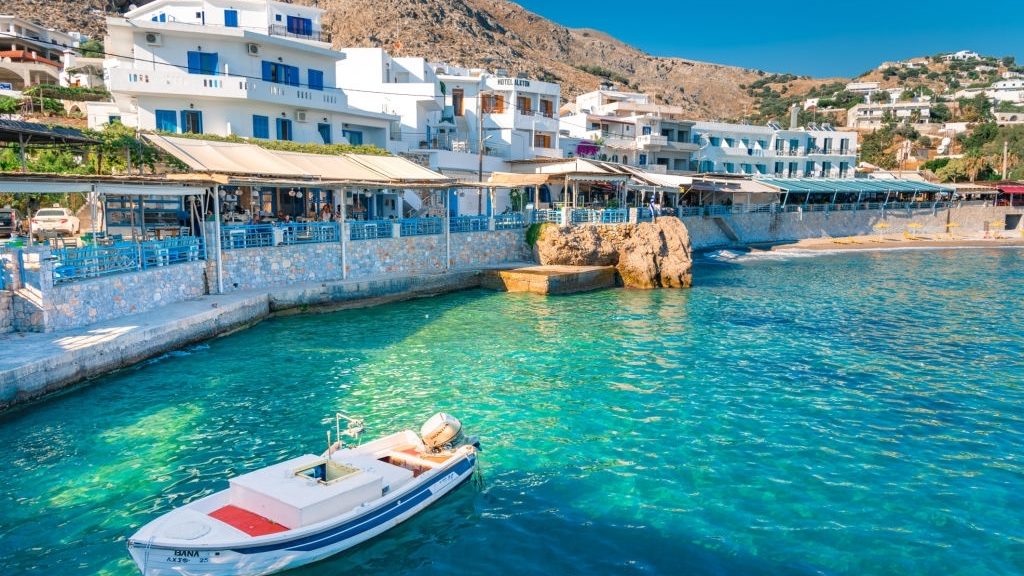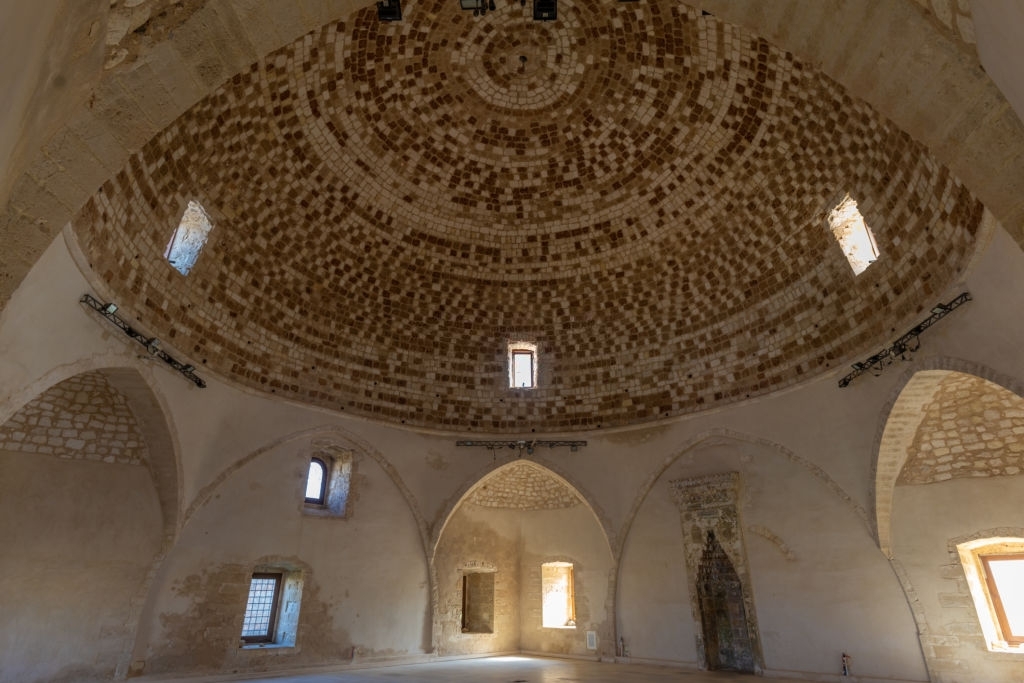
Cretan Architecture
The architecture of the island of Crete has been closely tied to the natural physical landscape – not just with respect to the materials employed but also the forms and types of the structures.
Amongst the traditional architectural forms we also find elements of Minoan practice, which have survived the passing of the centuries and are still visible to this day.
Traditional Cretan Villages
A typical feature in the landscape of Crete is its villages. In essence, their architecture has remained unchanged through the years. Here we see the use of local materials – stone, wood, and mud, especially in villages that were built on hills and mountainsides. The settlements are usually built like an amphitheater on the side or top of a small hill, clustered together tightly. One of the reasons for this is that it was a better defence strategy against enemy attacks. The settlements are characterized by their narrow streets and the fact that the houses are packed on top of each other which contributed to the communal living style as well. At the same time, other elements like stairs, pergolas, chimneys and so on, break up the uniformity in appearance – creating a notable whole. The most prominent point in a village is usually the church, while the square or market is also a center of social life – the ‘sell-everything’ shop, the kafenion and the other commercial stores cluster around it. Even now visitors can expect to find a kafeneion and “mini-market” in the center of every village facing the square.

After WWII, the appearance of many villages began to alter. In many cases, they had to be rebuilt after the catastrophes that had befallen them during the occupation, whilst at the same time the needs of the people and the essence of village life changed as well. Thus, the ordinary Cretan village house has acquired colour, it is more outward looking and has moved away from the traditional norm. Most villages have now begun to readopt all those elements that were lost in the downtrodden era of serfdom. Although the more significant and more affluent villages have changed, and in so doing have lost their traditional character, there remain today many villages whose basic fabric is unchanged. In these neighbourhoods of traditional houses with exterior yards and flowers in pots, stone-cobbled streets, arches and whitewashed walls, we find a glimpse of the essence of Crete in previous centuries.